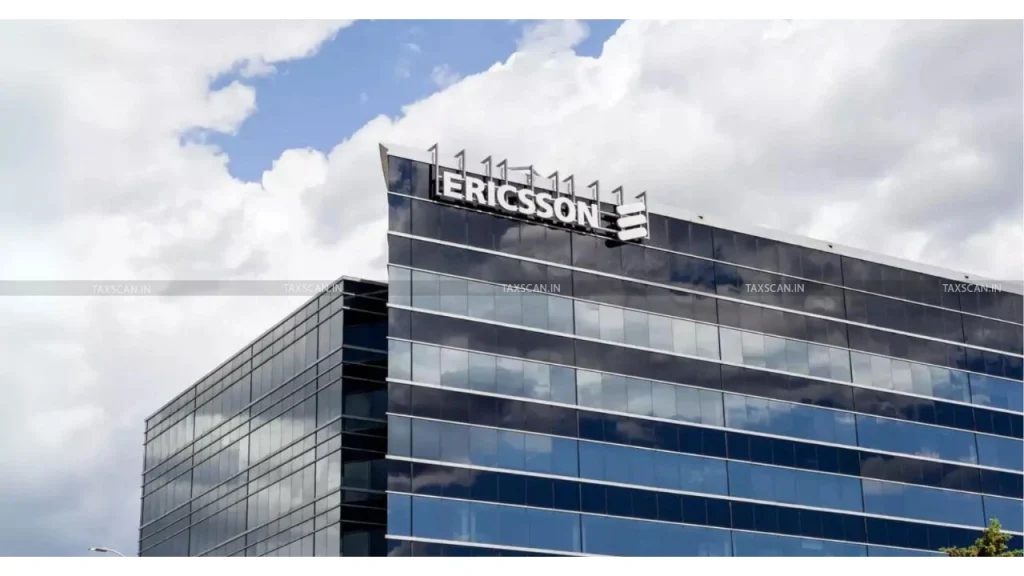- Ericsson’s cloud-native 5G Core selected to power Airtel’s nationwide FWA services.
- Partnership raises questions about affordability and real-world impact for rural India.
What happened
Bharti Airtel, one of India’s largest telecom operators, has selected Ericsson’s cloud-native 5G Core to power its fixed wireless access (FWA) rollout nationwide, the companies announced on 10 July 2025.
The partnership will see Ericsson’s dual-mode 5G Core platform support Airtel’s strategy to deliver high-speed broadband — without fibre — to millions of homes and businesses in underserved regions. FWA is positioned as a key solution to bring near-fibre speeds via 5G radio access, particularly in rural areas where trenching fibre optic cables remains economically unviable.
Airtel has already begun FWA trials in select cities using the CPE (Customer Premises Equipment) model. Ericsson’s cloud-native core enables seamless orchestration, allowing Airtel to scale rapidly and maintain network slicing — critical for prioritising enterprise and consumer traffic.
Also read: Ericsson deepens root to Japan’s telecom sector with job creation
Also read: Ericsson’s partnership to revolutionise Africa’s mobile connectivity
Why it’s important
India’s digital future hinges on resolving the last-mile problem, especially in areas where 60% of the population remains outside reliable high-speed internet coverage. While FWA promises fast deployment and lower capital expenditure, questions remain over actual end-user costs, spectrum efficiency, and whether 5G alone can address deep-rooted infrastructure issues.
Moreover, Airtel’s move intensifies the competitive dynamics with Reliance Jio, which is pursuing its own FWA model backed by indigenous solutions. Both companies are betting on India’s 5G demand curve, but in a price-sensitive market, user uptake may lag behind availability.
Ericsson’s role as a global vendor also raises geopolitical questions. As India tries to diversify tech sourcing and reduce reliance on Chinese vendors, European firms like Ericsson may benefit — but will they adapt to local constraints?
In a country where average monthly income is under $200, even affordable 5G CPE could prove out of reach for many. So while the Airtel–Ericsson deal looks strong on paper, the on-ground success will hinge on execution, cost, and real-world coverage.

